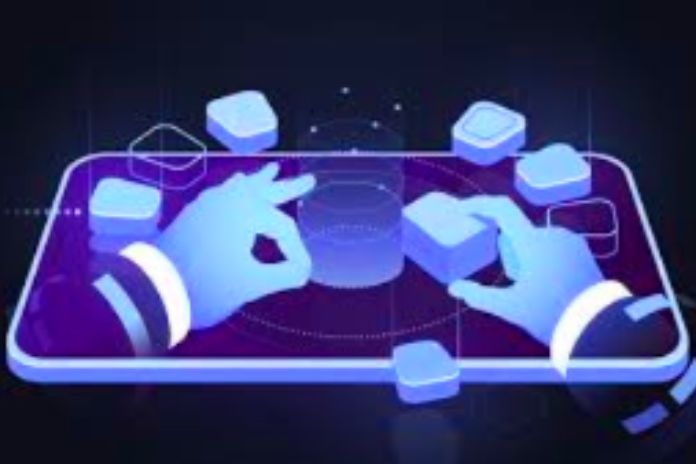When we talk about digital transformation, we can interpret it in several ways, from discrete improvements, where the focus is on the elimination of physical documents, but without significant changes in the form of working, to a complete reinvention of the company’s business.
In any case, this transformation necessarily involves a review of existing processes and a significant increase in technologies that allow the highest possible degree of automation in the shortest possible time. What are these technologies?
Digital Process Automation Platform (DPA)
Also known as BPMS ( Business Process Management System ), DPA platforms allow a conceived or redesigned process to be made available as a system on some days. This is possible through development features that require minimal coding, which turns work into an assembly of prefabricated components, much more straightforward than traditional programming.
Among these facilitating components, we can highlight:
- Electronic forms, assembled from canvas elements that are dragged and pasted;
- Configurable business rules;
- Automatic choice of activity performers;
- Automatic document generation;
- Automatic sending of emails;
- Connectors allow integrations with various applications and services (ERPs, CRMs, Cloud services, etc.).
DPA platforms act as orchestrators of activities, contemplating human and automated actions, taking advantage of investments already made through integrations and allowing the monitoring and traceability of all process steps.
Enabling Technologies
The toolbox present in DPA platforms is already very useful in process automation. However, the chances are even more impressive when we think about what we can add to our processes through connections to other tools and platforms. Let’s see some of them:
RPA (Robotic Process Automation)
Our processes can often include activities that, although they use computerized systems, are manual and repetitive. Why can’t we “hire” a robot to execute them? We can. When we integrate an RPA platform into our processes, we can sometimes save thousands of hours of manual work and dedicate our human capital to tasks of more excellent cognitive value.
Machine Learning Routines
What if we need more advanced features that involve not-so-robotic skills, including complex decisions or image recognition? Here we can use machine learning services currently available on several platforms and, after the proper training of models, put them at the benefit of our processes. Application examples may include facial recognition, free text interpretation, and risk calculations, among others.
Internet Of Things
And when does our process need to interact with the physical world? Today, options for connected devices that can be controlled remotely proliferate. It is known as the Internet of Things, which can include devices for domestic use, such as robot vacuums and intelligent lamps, sensors and industrial equipment, and drones and autonomous cars in the distant future. As the end arrives every day, it is up to us to pay attention to the possibilities these new gadgets are making available for transforming our processes.
Blockchain
Another promising field in process improvement comes with the technology that today is the basis of cryptocurrencies: the blockchain. In a simplified way, the blockchain provides a decentralized and secure record of transactions. It can be a future replacement for what is currently delegated to expensive and bureaucratic notary processes. Numerous services have been built using this technology, which can be the basis for contracts signed wholly digital, eliminating intermediaries.
Cloud Services
Virtually everything available today in the form of a Cloud service is also available in our processes. Banking, digital subscription, messaging and social networking are just a tiny sample of what we have available today.
Conclusion
The list above does not intend to list all the possibilities available today because, for that, we would have to write a giant book and not a simple article. However, we intend to awaken about the importance of knowing these new frontiers and what they bring us in terms of possibilities for the challenges that are there for all organizations and whose biggest bottleneck no longer seems to be the lack of some technologies but the creativity and attitude in making good use of the vast menu that we have available for them.












